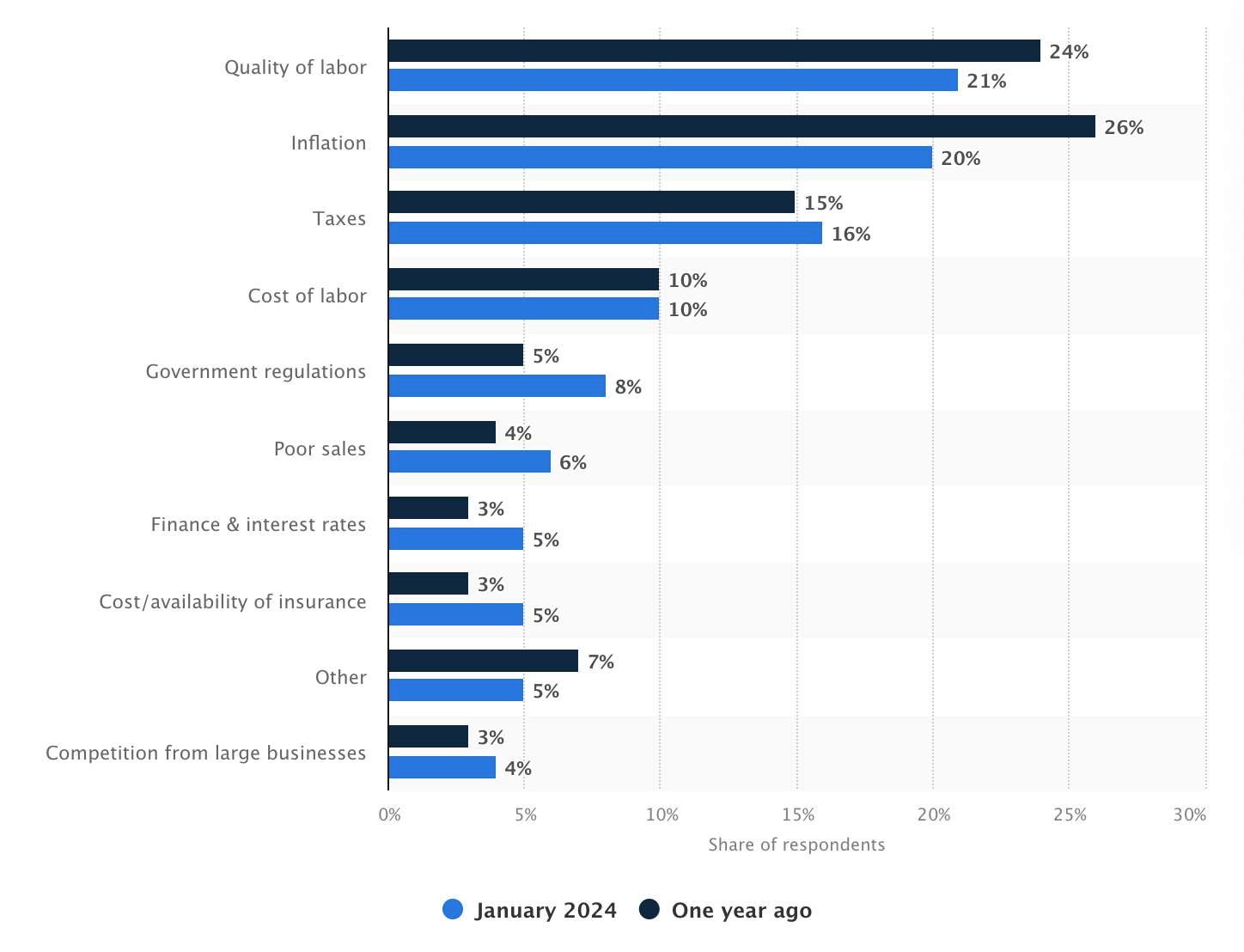By Anna Ribas, on 1 August 2023
The terms small and medium-sized enterprises (SMEs) and small and medium-sized businesses (SMBs) can be difficult to characterize because each country has its own definition of what makes an SME or SMB, that can even depend on their industry. That being said, they can constitute the backbone of important economies (according to the European Commission, 99% of all enterprises in the European Union are SMEs) and are key drivers of innovation. Generally, SMEs tend to be flexible, responsive, and customer-focused, but they face challenges and pain points quite unique to their characteristics, such as the quality of labor, inflation and the cost of talent. They represent an important market segment that, for those of us who work in digital marketing, is important for us to understand.

The SME and SMB Market Segment
As we mentioned, SMEs are flexible, responsive, and customer-focused. However, they may also experience problems such as financing bottlenecks and difficulty expanding their customer base.
Often you will find your target buyer persona to be a mix of the entrepreneur, the investor, and the operations manager. SMEs and SMBs are known for having flatter hierarchies, a higher degree of personal contact between employees and entrepreneurs, and for being closer to their customers.
These types of businesses can be found in the developed and developing world and contribute significantly to the GDP of emerging and established economies.
Marketing for SMEs and SMBs
Both SMEs and SMBs need a solid marketing strategy to succeed. However, an SMB's needs differ from those of a multinational corporation. SMBs typically have smaller budgets and less manpower, so they need to be more strategic about how they market their businesses.
To come up with a successful strategy for an SMB, it is crucial to think practically. These businesses tend to have smaller budgets and do not necessarily need an elaborate marketing strategy to achieve their goals. Due to this, they often don't have a marketing department within their company and will need to hire an agency to create and oversee their campaigns.
It is important to adapt to the needs of the smaller company and focus on what will make the biggest difference. Depending on the size of the business and the industry in question, various solutions may be relevant. To better understand the biggest challenges that SMBs face, Statista shared this data collected from U.S.-based companies in February 2024.

Source: Statista
As we can see, although challenges to the cost and quality of talent continue to be extremely relevant, as well as issues such as inflation and taxes, they seemed to have decreased in comparison to one year ago (with the exception of taxes that increased by one point). This year, government regulations, poor sales and finance & interest rates seem to be growing worries, although are step behind from the main painpoints. .
However, the specific challenges that SMBs face may vary depending on their industry, size, and location. Knowing a business's pain points is crucial to creating an effective marketing strategy that yields the desired results.
Digital Marketing Strategy for SMEs and SMBs
Rapid technological and demographic changes are making it more important than ever for SMEs and SMBs to have a strong digital presence. This means having an attractive, optimized website that is easy to use and navigate. It also means having a social media presence where you can connect with potential customers and clients. This allows you to connect with a larger audience, interact with potential clients and customers, and quickly answer their questions or concerns.
For marketers looking to attract SMEs and SMBs, it is essential to integrate highly relevant and specific offers. When designing your digital marketing strategy for SMEs and SMBs, look at integrating native advertising and content marketing.
These two methods are non-intrusive ways to engage with consumers and drive conversion. For instance, companies that work with the SME and SMB market, such as PaySimple, which provides credit card readers to small merchants, and HubSpot, which provides marketing and sales software, have extensive blogs and resources. This way, their target market can find information about their products and services quickly and easily when they search Google for advice. This type of marketing captures the target audience's attention and provides information. In contrast to intrusive traditional ads, native ads, and content marketing strive to create material that people actually want to see and interact with.
There are many opportunities to market with SMEs and SMBs in just about every country and in a variety of industries. Just remember to formulate your marketing plan around strategies that are cost-effective, connect with the target audience, and establish a strong digital presence.



